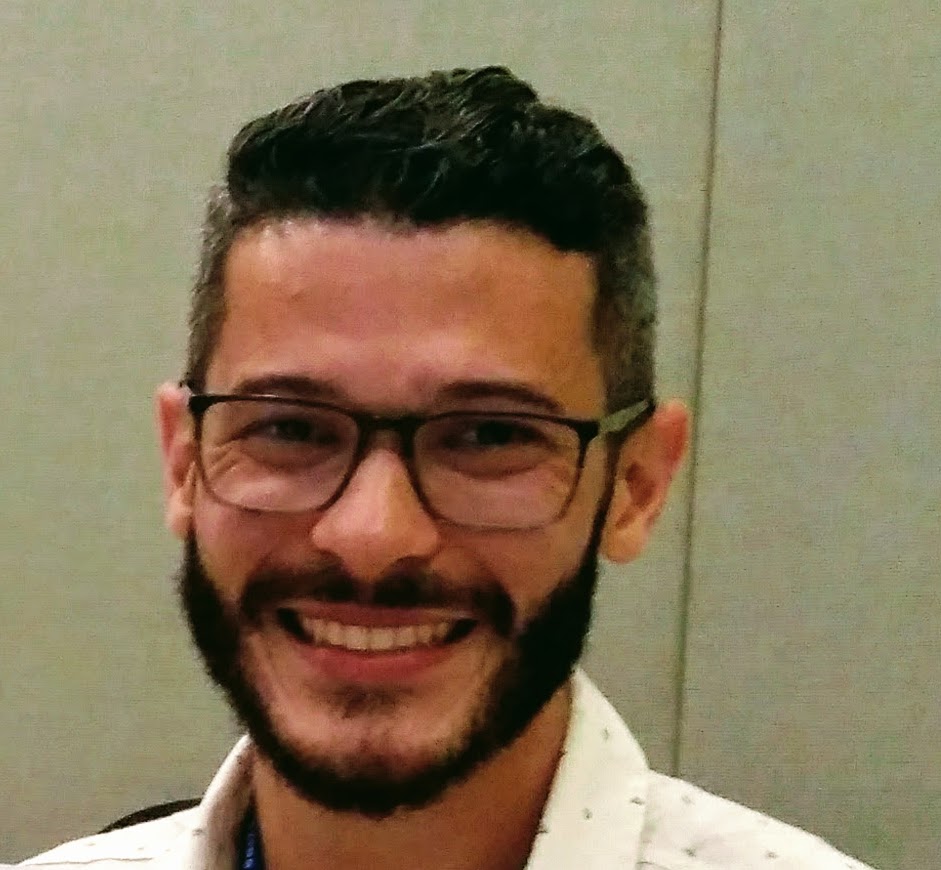The Importance of Increasing Students’ Q.A.R. – Questions and Answers Repertoire
Once in Paris, I had a friend teaching me the following phrase in case I needed to ask for information: Bonjour! Je suis désolé! Où je trouve les toilettes, s’il vous plaît? Apparently, my question was well asked as I was ‘gunnned down’ by the fastest French speech I have ever heard.
It is obvious that questioning is a basic skill one must bear in mind when learning a language. My short yet eventful experience in Paris dawned on me that so is answering. I have come to notice that preparing the questions is somehow, say, the easy end we teachers tend to cover. However, understanding a question is one thing, now it seems to me that responding to it is the hard end a student has to cover. This is even harder when students are at transitioning from A Levels to B Levels, in which students tend to get stuck in the so-called ‘intermediate plateau level’. That said, I have been experimenting with a strategy with my A and B Levels students – not only working on questions to be asked, but fundamentally on a range of ways a particular question might be answered.
When preparing lessons we certainly think of what skills we want or need our students to leave our class with. By the same token, we should map out a set of questions and (possible) answers we ‘judge’ necessary to be covered throughout the lesson. By doing it so, we might encourage students to take a more active role in the learning process – increasing autonomy, that is. As I see it, it is a matter of habit formation that can be worked out via strategies, in others words, learner training. One might find doing it a bit hard in the beginning; however, the spin-offs will pay off in the end.
Further down below is a few strategies I have been using so that my learners are better able to cope with the questions as well as answers they are exposed to in class.
- Goal of Questions: there is a lot more to questions than meets the eye. Students very often say that they do not understand the questions. I have come to notice that oftentimes this is not the case other they do not feel confident enough to answer them. In other words, they might not have the knowledge to provide answers they judge satisfactory. Hence, it is vital that we engage learners through a full range of questions, from concept ones to critical thinking ones. The skills of understanding questions and, more importantly, acting upon them are instrumental in increasing students repertoire and, as a knock-on benefit, help them get past the ‘infamous’ intermediate plateau level more confidently.
- Get to the point: this a key factor to be developed in the Q&A process. It is wise to break the questions into meaningful sequences as opposed to ask them in a broader way. By doing this, students might achieve high levels of fluency, fluidity and accuracy. Not only will such strategy raise awareness of level of complexity involved in the process but also how confidently they will tackle a discussion in class. Addressing to the questions and tasks required and having the right attitude towards them will avoid panic block and lower the affective filter when confronted with more demanding or thought-provoking questions and answers.
- Provocation as a habit: The Q&A process is more like working on a rough diamond in the sense that one will always need to sharpen it without losing its essence. In other words, by learning how to operate adjacency pairs at early stages, students will certainly experiment with (new) language more confidently, take more calculated risks and, consequently, improve their ability to improvise their answers. It is through this process that learners may refine and reflect on their answers (learning), spot their strengths and weakness and, from there, map out changes that will lead to a more solid-based approach the tasks in class.
- Questions reticence: TTT x STT is not new as dichotomy, in the least bit, we all should know that by now. Thinking-time tends to get neglected when questions are at stake. This, in turn, may lead to a feeling of incapability on the students’ part as the demand for quick answers will get in the way. This thinking phase is paramount in the sense that learners might come up with more elaborated answers at both grammatical and lexical levels. Let alone, the opportunities they can seize and capitalise on the complex ways they can express themselves. It is wise to pose a question and allocate some 15 seconds so that learners can gather their thoughts, provide their answers as well as expand on the topic. Refrain from answering your own question, which will only communicate to students that if they do not answer, you will do their thinking for them.
Unfortunately, there is no magic formula through which one can get by learning new language, being it from systems to skills as well as from pronunciation to functions. Alternatively, on considering Bloom’s Taxonomy, I have come across an effective pathway regarding a full variety of cognitive processes that learners might engage in to acquire knowledge. That is, Bloom’s Taxonomy is instrumental in all stages of the learning process. Ideally, there should be a combination of questions that lead to simple processing (evaluate learners’ comprehension and previous knowledge) as well as questions that lead to a more complex processing (abilities to analyse, synthesize and evaluate). In order to try to meet such needs and wants. My attitude towards working on Q.A.R strategies has been proving to be one key element so as to improve the questions-answers process, which seems to be extremely strenuous for some learners. Consequently, it is worth walking this extra mile in order to minimise our learners’ struggle and, above all, maximise their communicative competence.
References:
Armstrong, P. (2018). Bloom’s taxonomy. Center for Teaching. Vanderbilt University. https://cft.vanderbilt.edu/guides-sub-pages/blooms-taxonomy/.
“Questioning Strategies.” Center for Teaching Excellence. University of Illinois at Urbana-Champaign. http://cte.illinois.edu/resources/topics/methods/strateg.html.






